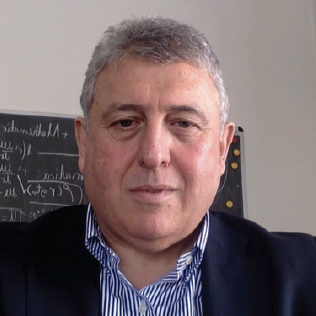
Despite the recent advances in Cosmic Ray studies, the origin of Galactic Cosmic Rays (CRs) is still considered a "century-old mystery" - we do not know yet which sources contribute to CR fluxes measured in the Earth's vicinity. Identifying the major CR contributors with astronomical source populations is one of the highest priorities of the field. The best carriers of information about CR factories are gamma-rays and neutrinos - the only stable and neutral secondary products of CR interactions pointing to the CR production sites. The recent years' outstanding achievement of gamma-ray astronomy was the discovery of TeV gamma-radiation from SNRs generally supporting the SNR paradigm of the origin of Galactic CRs. On the other hand, the lack of the extension of gamma-ray spectra of young SNRs well beyond 10 TeV raises doubts about their ability to contribute to the highest energy galactic CR spectrum in the so-called "knee" region above 1 PeV. Meanwhile, the ultra-high-energy (UHE; E> 100 TeV) gamma-ray observations of the clusters of young massive stars demonstrate mounting evidence of these objects (and related superbubbles) being prime contributors to Galactic CRs at PeV energies. I will discuss these observations in the context of the concept of "Young Stars versus Dead Stars". The hunt for CR PeVatrons cannot be reduced merely to the identification of the sources contributing to the local "CR fog". The term 'cosmic rays' has broader implications; after matter, radiation and magnetic fields, the relativistic nonthermal plasma constitutes the fourth substance of the observable Universe. The localisation and exploration of physical conditions and processes in these extreme CR factories, independent of their relative contributions to the 'CR fog', is a fundamental issue in its own right. I will highlight the recent exciting achievements of UHE gamma-ray astronomy in elucidating the cites of extreme CR accelerators in the Milky Way and discuss the implications of the discovery of a large number of CR PeVatrons by the LHAASO collaboration.
2 marzo 2022